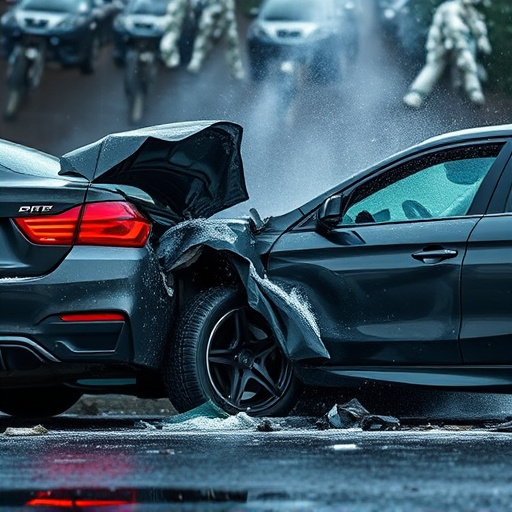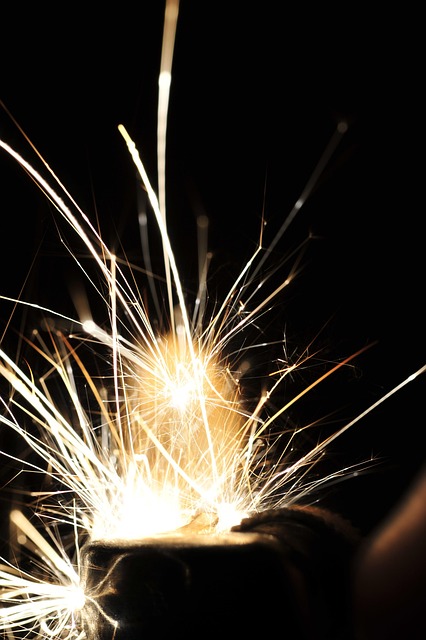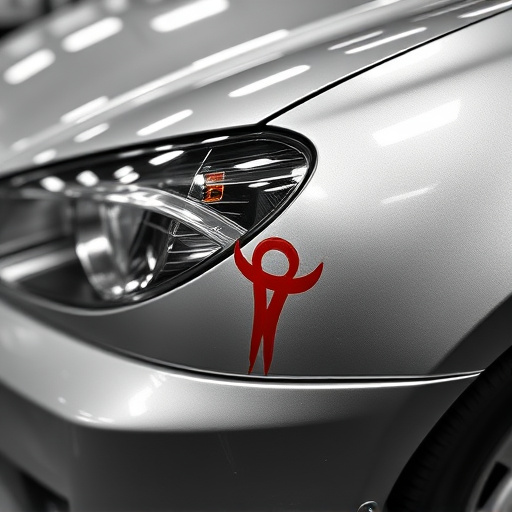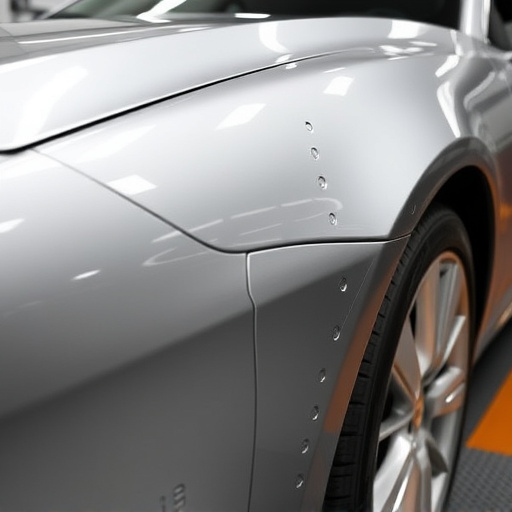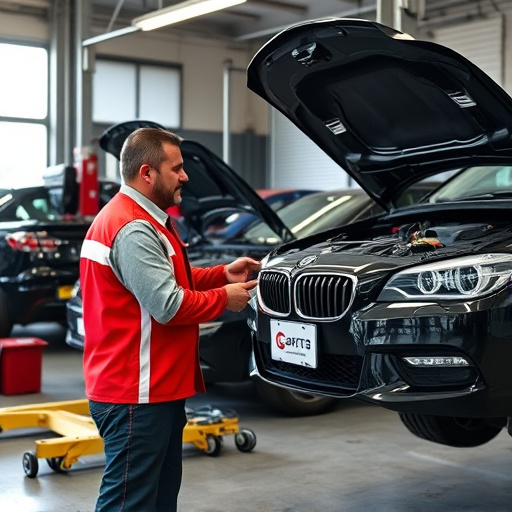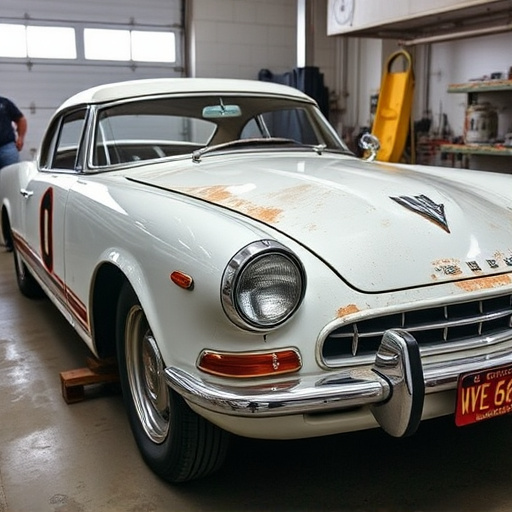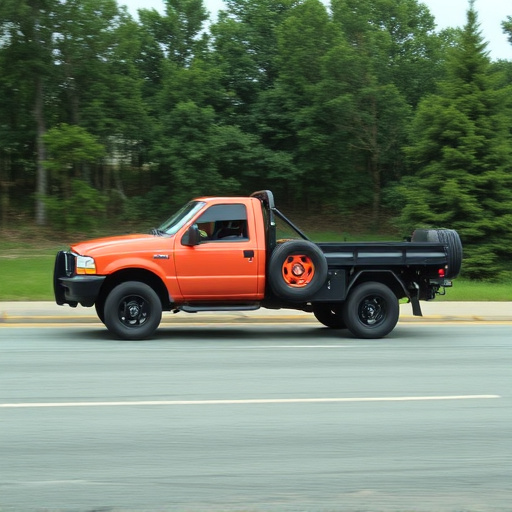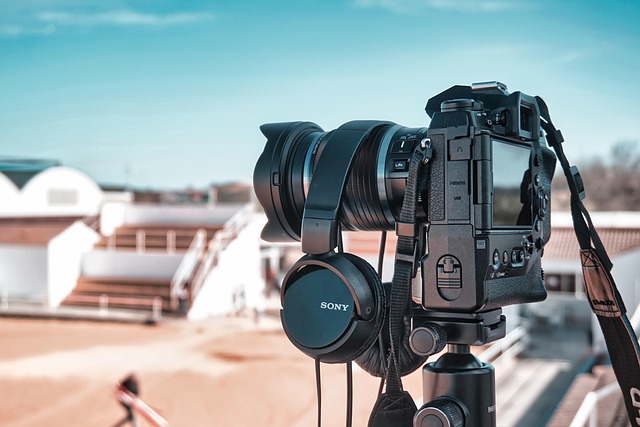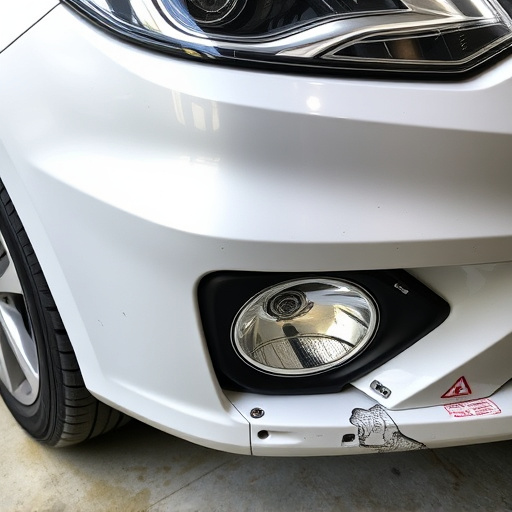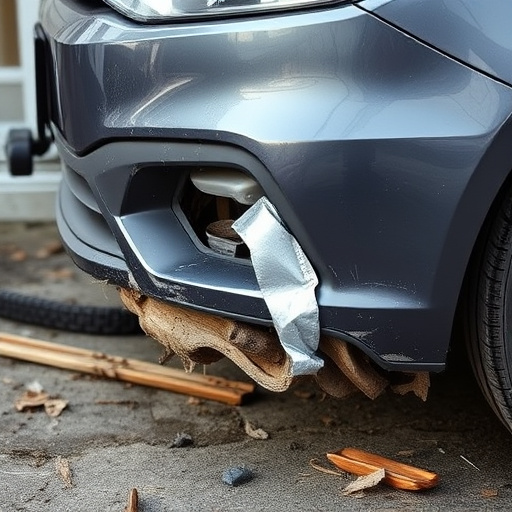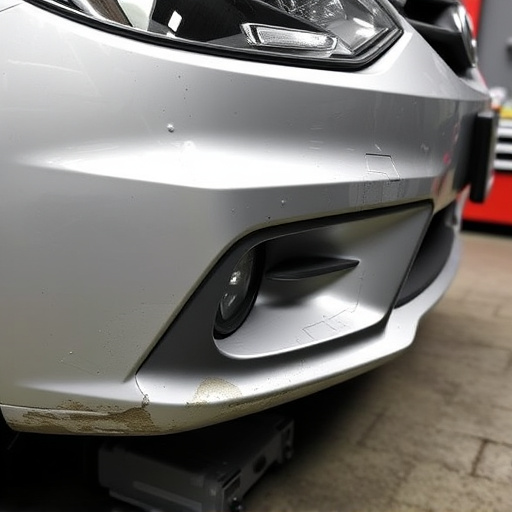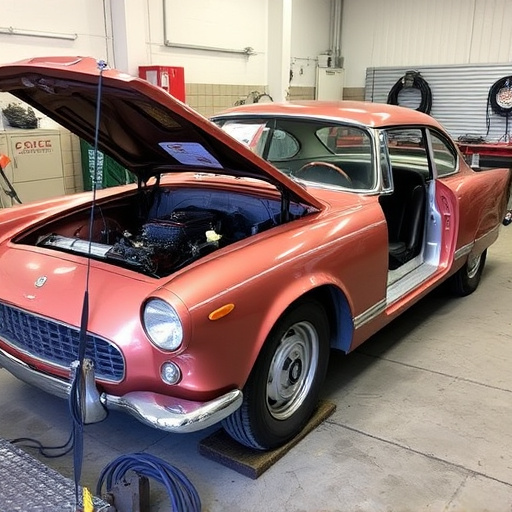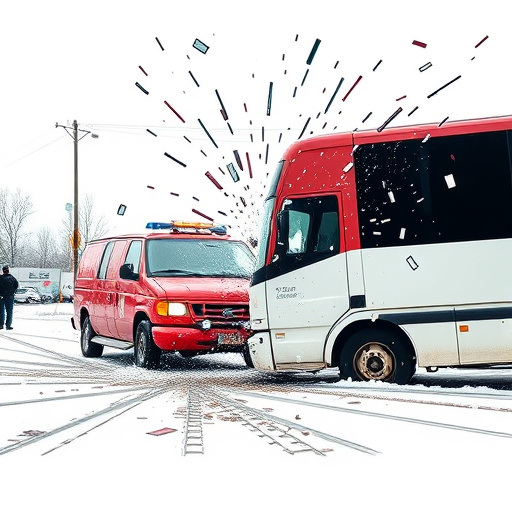Tesla bumper sensor repair involves diagnosing and fixing safety systems that detect obstacles to prevent collisions. Tools needed include precision screwdrivers, a rubber mallet, gloves, and safety goggles. Follow online guides or seek professional help for systematic replacement of damaged sensors, ensuring optimal performance and integration with your Tesla model's collision avoidance features.
Looking to fix your Tesla’s faulty bumper sensors? This comprehensive guide is your go-to resource. Tesla bumper sensor repair can seem daunting, but with the right tools and a step-by-step approach, you can tackle it yourself. We’ll walk you through identifying common issues, gathering the necessary parts, and providing an easy-to-follow process for replacement. By the end, you’ll be equipped to safely and effectively resolve your Tesla’s sensor problems.
- Understanding Tesla Bumper Sensor Issues
- Gathering Tools and Parts for Repair
- Step-by-Step Guide to Replacing Sensors
Understanding Tesla Bumper Sensor Issues
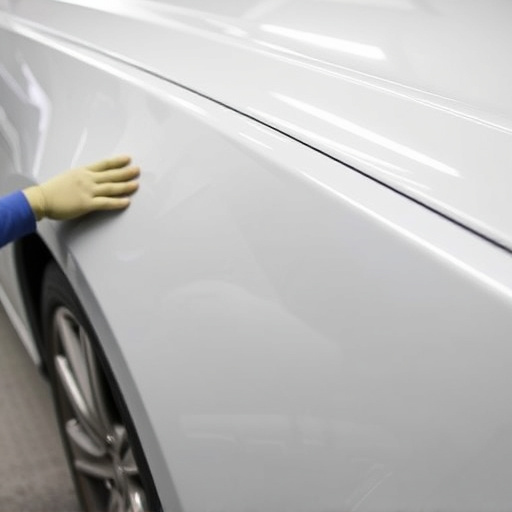
Tesla bumper sensors are an essential safety feature designed to detect obstacles and help prevent collisions. However, over time, these sensors can develop issues that may require Tesla bumper sensor repair. Common problems include sensor malfunction due to dirt or debris, damage from minor impacts or bumps, or even malfunctioning wiring. If you notice any anomalies in your car’s obstacle detection system, such as false alerts or a complete failure to respond, it could indicate a problem with the bumper sensors.
Proper diagnosis is crucial before attempting Tesla bumper sensor repair. It might not always be apparent that the issue lies with the sensors themselves, especially if other parts of your vehicle’s safety systems are functioning normally. Some car paint services or mercedes benz collision repair shops offer specialized diagnostic checks to identify the root cause of the problem, ensuring that any repairs carried out are targeted and effective. An auto repair shop with experience in Tesla models can provide expert advice and perform the necessary Tesla bumper sensor repair, restoring your vehicle’s safety features to optimal condition.
Gathering Tools and Parts for Repair

Before starting any Tesla bumper sensor repair, ensure you have all the necessary tools and parts. Gather a set of precision screwdrivers, including flathead and Phillips types, as well as a rubber mallet for careful manipulation without causing further damage. For the actual replacement part, source a high-quality Tesla bumper sensor from a trusted supplier, ensuring it’s compatible with your vehicle model. Remember, precise fitting is crucial in vehicle body repair, so consider getting an extra set of eyes or following detailed online guides specific to Tesla models for optimal results.
Additionally, prepare a clean workspace and protective gear like gloves and safety goggles. The process might involve removing panels and sensors, so proper preparation will prevent any unwanted accidents during the car damage repair process. Once you have everything in place, you’re ready to embark on the Tesla bumper sensor repair task, aiming for a seamless and effective vehicle collision repair outcome.
Step-by-Step Guide to Replacing Sensors
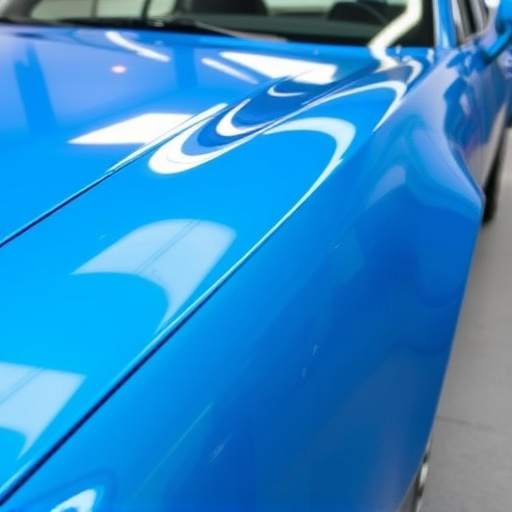
Replacing Tesla bumper sensors is a straightforward process that can be accomplished with the right tools and a step-by-step approach. First, gather all necessary components, including new sensors, screws, and any other hardware specific to your Tesla model. Next, locate the damaged sensor by inspecting the bumper for any visible signs of damage or debris. Once identified, use a suitable tool to carefully remove the old sensor from its mounting bracket.
Next, clean the mounting area to ensure proper adhesion of the new sensor. Install the new sensor by aligning it with the bracket and securing it in place using the appropriate screws. Double-check that all connections are secure before moving on to the final steps. This may involve testing the sensor’s functionality through a diagnostic scan or ensuring its integration with your car’s sensor system for seamless operation, similar to how you’d approach auto glass repair or car dent removal.
Repairing your Tesla’s bumper sensors is a feasible task for car enthusiasts with some DIY experience. By understanding common issues, gathering the right tools and parts, and following a detailed step-by-step guide, you can effectively address and prevent potential sensor malfunctions. This comprehensive how-to guide empowers owners to take control of their vehicle’s maintenance, ensuring optimal safety features on the road. With these straightforward steps, Tesla owners can now tackle bumper sensor repairs with confidence, saving time and money while keeping their vehicles in top condition.
